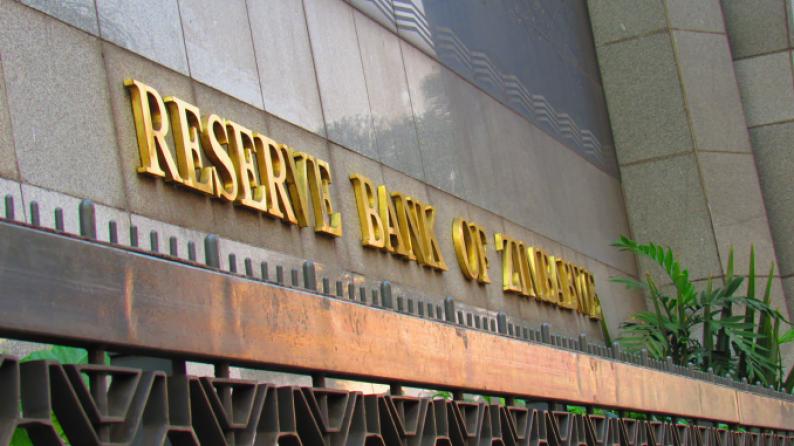ZIMBABWE'S biting liquidity challenges are anticipated to persist into the near future before government eventually introduces a local currency, a local equities group has said.
Highlighting that government has effectively failed to deal with cash shortages; IH Securities (IH) said currency shortages were going to continue as parallel market rates soar spurred by an increase in broad money, which is the money supply in the national payment system.
This comes as parallel market rates have been rising in the past two weeks.
"The 47,97 percent increase in broad money supply in 2017 will effectively exacerbate the currency shortage as demand for hard currencies will remain robust maintaining support for cash premiums.
"Liquidity constraints have been persisting into 2018 despite reprieves prompted by the Diaspora influx last December and a $300,24 million increase in bond notes and coins in circulation," the equities group said.
Zimbabwe abandoned its embattled currency in 2009 to adopt a greenback-dominated multi-currency system.
Highlighting the country could experience reprieves during the tobacco marketing season, IH said government was backed in a corner faced with eventual introduction of a local currency.
"While we anticipated a potential liberalisation of the exchange rate as a potential solution in some format (either similar to foreign exchange interventions/models in Nigeria and Egypt), it seems clear that government will instead focus on the eventual re-introduction of a local currency," the group said.
Finance Minister Patrick Chinamasa is on record saying government will not introduce a local currency in the near future; however, pictures of a $100 Zimbabwean currency note - which has been denounced by the central bank as a media hoax - have been circulating.
There has been an emergence of foreign exchange rate premiums on the back of foreign currency shortages as is symptomatic of the mismatches between hard currency and un-backed real time gross settlement (RTGS) dollars which inadvertently has also been a key driver of inflation as we remain a net importer.
"Reserve bank interventions to prioritise foreign currency allocations to producers of essential goods and services have partly assisted in bridling such premiums," said IH.
To date, the "foreign exchange market" appears to have been segmented into a multi-tier exchange rate system where RTGS dollars to US dollar trade on a 1-1 basis through the formal banking system with allocations focused mostly on Priority 1 importers of essential goods; while outside the banking system, there are various tiers trading at multiple premiums.
Bond notes are traded at a market-driven premium in the parallel market, RTGS dollars are similarly traded at a higher market driven premium - these premiums also vary depending on the size of bills, the cleanliness of bills and on whether the recipient is purchasing hard cash in hand or receiving an off-shore transfer of hard currency.
"Naturally this creates a conundrum for foreign investors, both portfolio and private looking to make fresh investments into the country; ideally these investors would want access to a legal and transparent market which allows them to price their USD and gives them a basis for ‘real' asset valuation," the analysts said.
In light of this, portfolio investors have been using fungible Old Mutual stock as a proxy for a perceived exchange rate by measuring the premium to which Old Mutual's Zimbabwe listing trades in relation to its counterpart listings in South Africa and the UK.
IH said Treasury needed to address key macroeconomic fundamentals prior to reintroducing the Zimbabwean dollar which include correcting the current account deficit and creating a trading surplus with at least three months import cover amongst other conditions.
- fingaz
 Concern over Masvingo black market
Concern over Masvingo black market  Kenya declares three days of mourning for Mugabe
Kenya declares three days of mourning for Mugabe  UK's Boris Johnson quits over Brexit stretegy
UK's Boris Johnson quits over Brexit stretegy  SecZim licences VFEX
SecZim licences VFEX  Zimbabwe abandons debt relief initiative
Zimbabwe abandons debt relief initiative  European Investment Bank warms up to Zimbabwe
European Investment Bank warms up to Zimbabwe  Young Investment Professional (YIP) Graduate Programme 2019
Young Investment Professional (YIP) Graduate Programme 2019 











 Young Investment Professional (YIP) Graduate Programme 2019
Young Investment Professional (YIP) Graduate Programme 2019
Editor's Pick